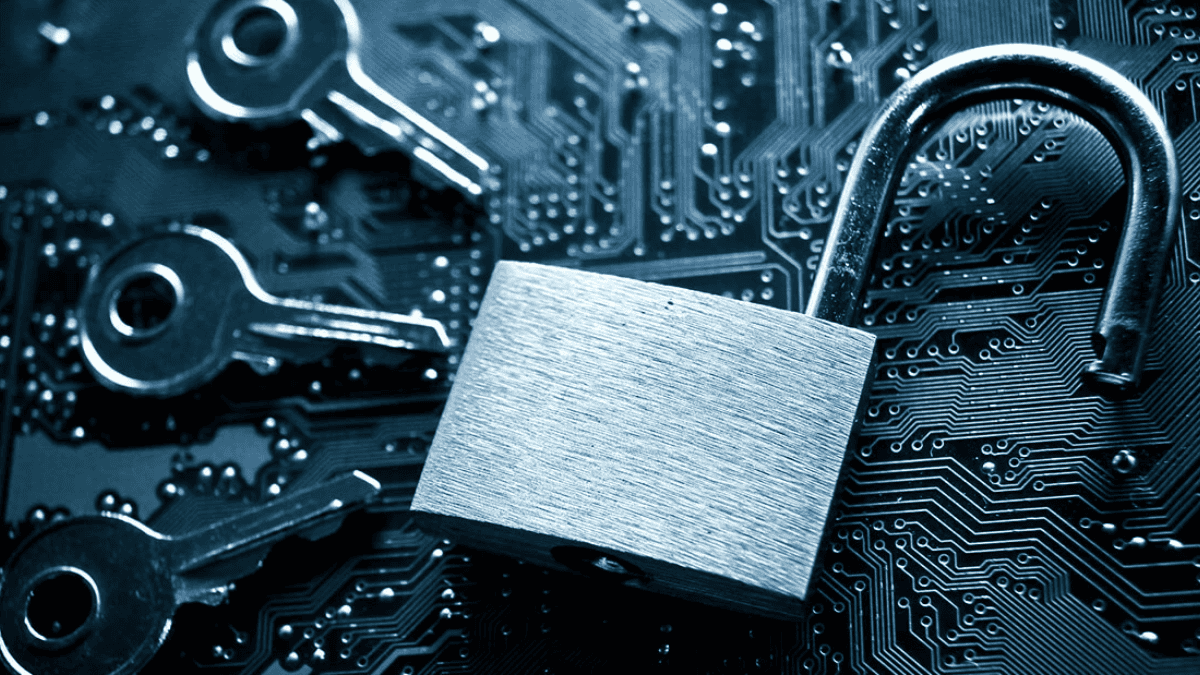Single Sign-On (SSO) solutions provide a streamlined method for managing user authentication across various applications and systems. This approach enhances security while simplifying user access, making it particularly appealing for small and medium-sized enterprises (SMEs) aiming to strengthen their cyber security posture.
Understanding the Concept of Single Sign-On
The principle behind Single Sign-On is straightforward. Users can sign in just once to access several applications, eliminating the need to log in to each one individually. This centralized authentication mechanism reduces the number of passwords required, enhancing user experience and improving security significantly.
Benefits of Implementing Single Sign-On for SMEs
Implementing SSO solutions offers numerous advantages for small and medium-sized businesses. By adopting this technology, SMEs can streamline operations, enhance security, and improve user satisfaction.
| Benefit | Explanation |
| Improved Security | Reduces password fatigue and the risk of weak passwords. |
| Enhanced User Experience | Users enjoy seamless access to multiple applications. |
| Reduced IT Costs | Fewer help desk requests related to password resets. |
| Simplified User Management | IT administrators can manage users from a central location. |
| Increased Productivity | Employees spend less time logging in to different systems. |
Through understanding the concept of Single Sign-On and its benefits, SMEs can make informed decisions about integrating this technology into their IT infrastructure.
How Single Sign-On Works
Single Sign-On (SSO) simplifies the authentication experience for users by allowing them to access multiple applications and systems with a single set of credentials. Understanding how SSO functions can help small to medium-sized enterprises (SMEs) make informed decisions regarding implementation.
Centralized Authentication Process
At the core of SSO lies a centralized authentication process. This system manages user credentials and authentication requests across various platforms. When a user logs in, their credentials are verified by the central authentication server. This verification process ensures that users are given access to all linked applications without needing to re-enter their login information.
The following table illustrates the steps involved in the centralized authentication process:
| Step | Description |
| 1 | User navigates to the application login page. |
| 2 | User enters their credentials (username and password). |
| 3 | Credentials are sent to the central authentication server for verification. |
| 4 | Once verified, the server generates a session token. |
| 5 | The session token grants access to the requested application and other linked apps. |
In this model, SMEs can more effectively manage user credentials while enhancing security and reducing the likelihood of password fatigue among employees.
Integration with Various Applications and Systems
Single Sign-On solutions can integrate seamlessly with a variety of applications and systems, including cloud services, on-premises software, and mobile applications. This compatibility allows organizations to centralize their authentication processes across diverse platforms.
The following table displays common integration options for SSO:
| Application Type | Examples |
| Cloud Services | Google Workspace, Microsoft 365 |
| On-Premises Software | Internal enterprise applications |
| Mobile Applications | Business-specific mobile apps |
| Third-Party Services | CRM systems, project management tools |
Facilitating integration with diverse applications, SSO solutions help SMEs simplify user management and streamline the login process. Organizations can customize their SSO solutions to fit their specific needs, thereby enhancing user experience and boosting productivity across the board.

Key Features of Single Sign-On Solutions
Single sign-on solutions offer several key features designed to enhance security and simplify user access for small and medium-sized enterprises (SMEs). These features include various user authentication methods and comprehensive access control and security protocols.
User Authentication Methods
User authentication is crucial in determining who can access the system and its applications. Different methods enhance security and ensure that sensitive information is protected. Below are common user authentication methods found in single sign-on solutions.
| Authentication Method | Description | Security Level |
| Username and Password | Traditional method requiring a unique username and password combination. | Moderate |
| Multi-Factor Authentication (MFA) | Adds an extra layer by requiring additional verification (e.g., SMS code or app notification). | High |
| Biometric Authentication | Uses unique biological traits (e.g., fingerprints or facial recognition). | Very High |
| Social Media Login | Allows users to log in using their social media accounts. | Moderate |
These methods can be customized to meet the specific security needs of the organization and can also be used in combination for increased protection.
Access Control and Security Protocols
Access control governs how users interact with various applications and systems. Proper access control ensures that only authorized personnel can access sensitive data while reinforcing security measures. Important access control features include:
| Access Control Feature | Description | Importance |
| Role-Based Access Control (RBAC) | Users are assigned roles that dictate their access permissions. | High |
| Attribute-Based Access Control (ABAC) | Access is granted based on user attributes and policies, allowing for more granular control. | Very High |
| Single Sign-On Protocols | Protocols like SAML, OAuth, and OpenID Connect that facilitate secure data exchange between applications. | Critical |
| Session Management | Tracks user sessions and logs out inactive users to reduce the risk of unauthorized access. | Important |
These features help SMEs effectively manage user access, mitigate security risks, and ensure compliance with regulations. By integrating these user authentication methods and access control protocols, single sign-on solutions provide a robust framework for safeguarding an organization's data and resources.
Implementation Considerations for SMEs
Selecting and implementing single sign-on solutions requires small and medium-sized enterprises (SMEs) to consider several factors to ensure a smooth transition and effective utilization of the technology. These considerations focus on scalability, compatibility with existing systems, and the training and support needed for employees.
Scalability and Flexibility
It is critical that chosen solutions can grow alongside the business. The ideal single sign-on solution should accommodate an increasing number of users and the integration of new applications or services.
Compatibility with Existing IT Infrastructure
A successful implementation also relies on the solution's compatibility with the current technology landscape. SMEs must evaluate how well the single sign-on solution integrates with existing applications, systems, and security protocols.
Training and Support for Employees
Employee training and ongoing support are vital for the successful adoption of single sign-on solutions. Ensuring that staff members can effectively use the new system minimizes disruptions and enhances security.
These considerations are essential for SMEs seeking to implement single sign-on solutions. By evaluating scalability, compatibility, and support, organizations can establish a more secure and efficient IT environment—much like the proactive approach needed to protect connected devices from evolving cyber risks, as we explore in our article Top 5 IoT Security Threats (& How to Avoid Them!).
Enhancing Security Measures
Single sign-on (SSO) solutions significantly enhance security for small and medium enterprises (SMEs) by mitigating the risks associated with unauthorized access and strengthening data protection measures.
Mitigating Risks of Unauthorized Access
Unauthorized access poses a considerable threat to SMEs. Implementing single sign-on solutions allows organizations to centralize user authentication, which reduces the number of entry points that could be exploited. By using SSO, employees can access multiple applications with a single set of credentials, which minimizes opportunities for password breaches.
Multi-factor authentication can further enhance protection by requiring an additional verification step. This makes it significantly more difficult for unauthorized users to gain access, even if they obtain login credentials.
Strengthening Data Protection Measures
In addition to reducing unauthorized access, single sign-on solutions bolster data protection measures. By consolidating user management, SMEs can enforce uniform security policies across all applications and systems, ensuring consistent protection of sensitive information.
Regular security audits help identify vulnerabilities, while user access reviews ensure that only authorized personnel have access to critical data. By integrating these strategies, SMEs can significantly enhance their overall security framework and safeguard sensitive information against increasingly sophisticated cyber threats.

Do More. Stress Less. LK Tech.
Embracing single sign-on solutions, SMEs can fortify their IT security posture while enhancing operational efficiency. This strategic approach enables them to focus on core business objectives while safeguarding sensitive data and systems. At LK Tech, we deliver top-notch IT support tailored to your unique needs, ensuring seamless integration and robust protection for your digital infrastructure. Businesses searching for trusted IT companies in Cincinnati can rely on our expertise and commitment to excellence. Ready to take your security and efficiency to the next level? Reach out to us today to get started.


